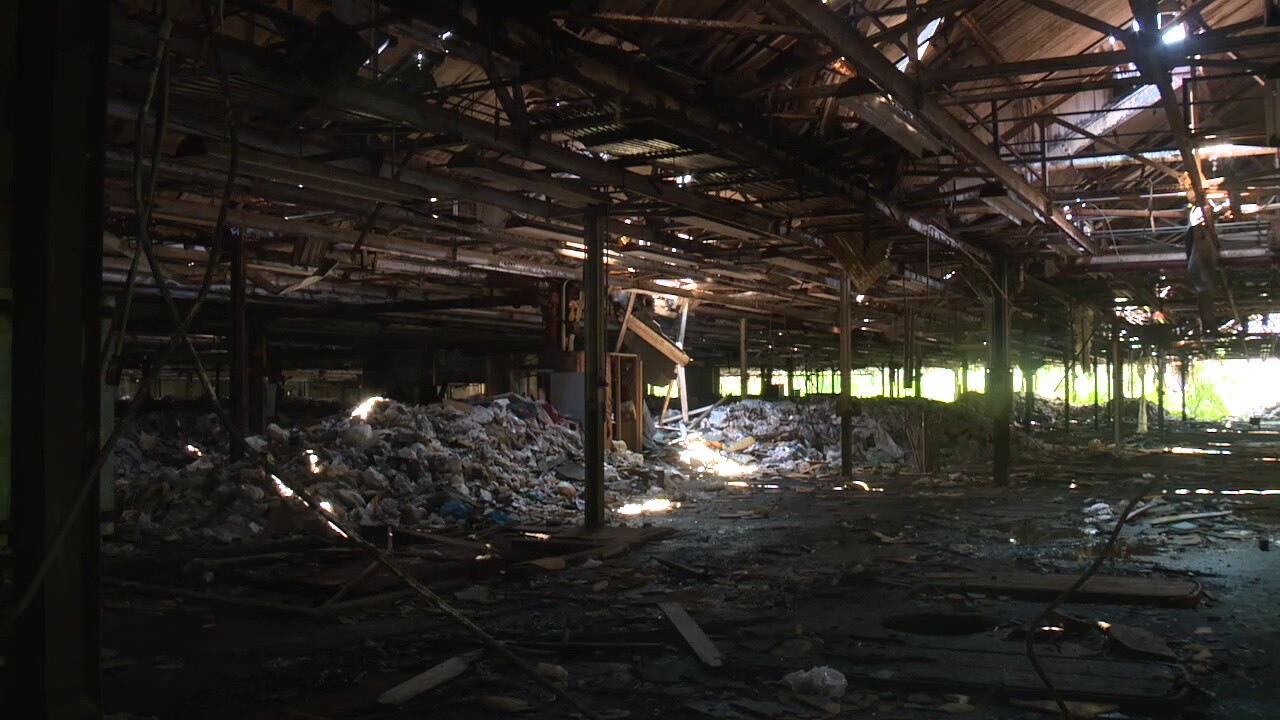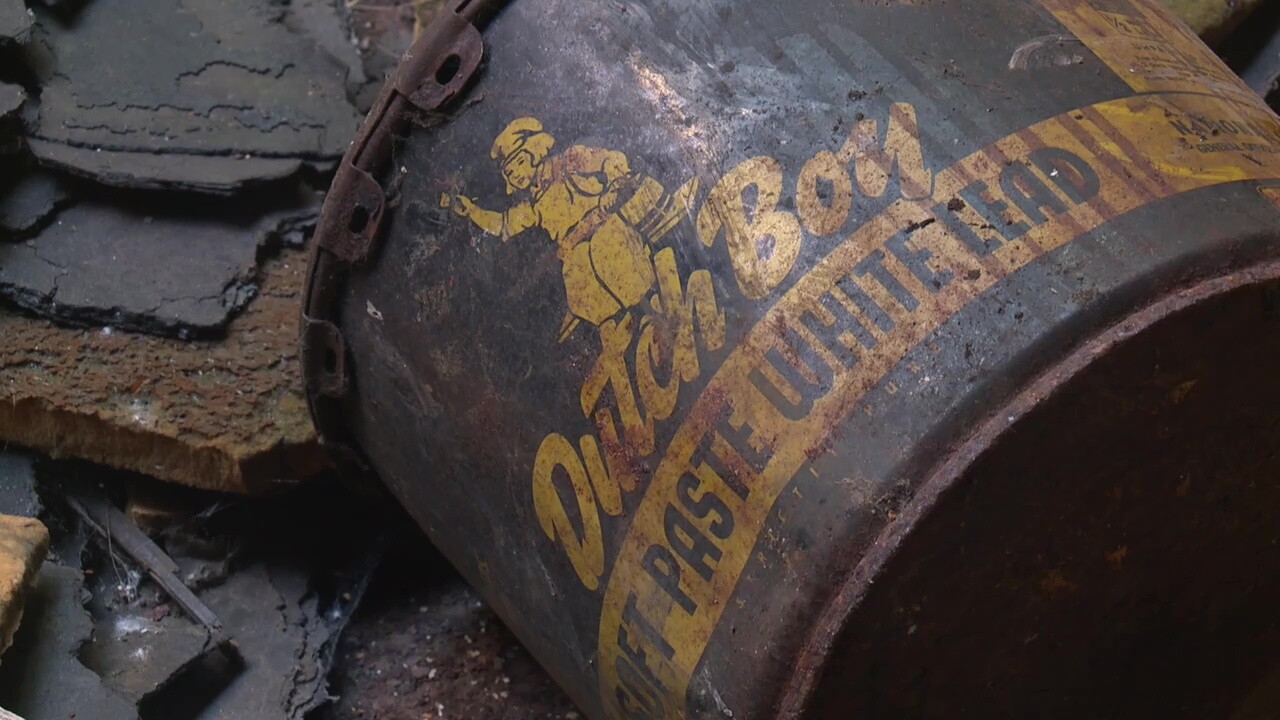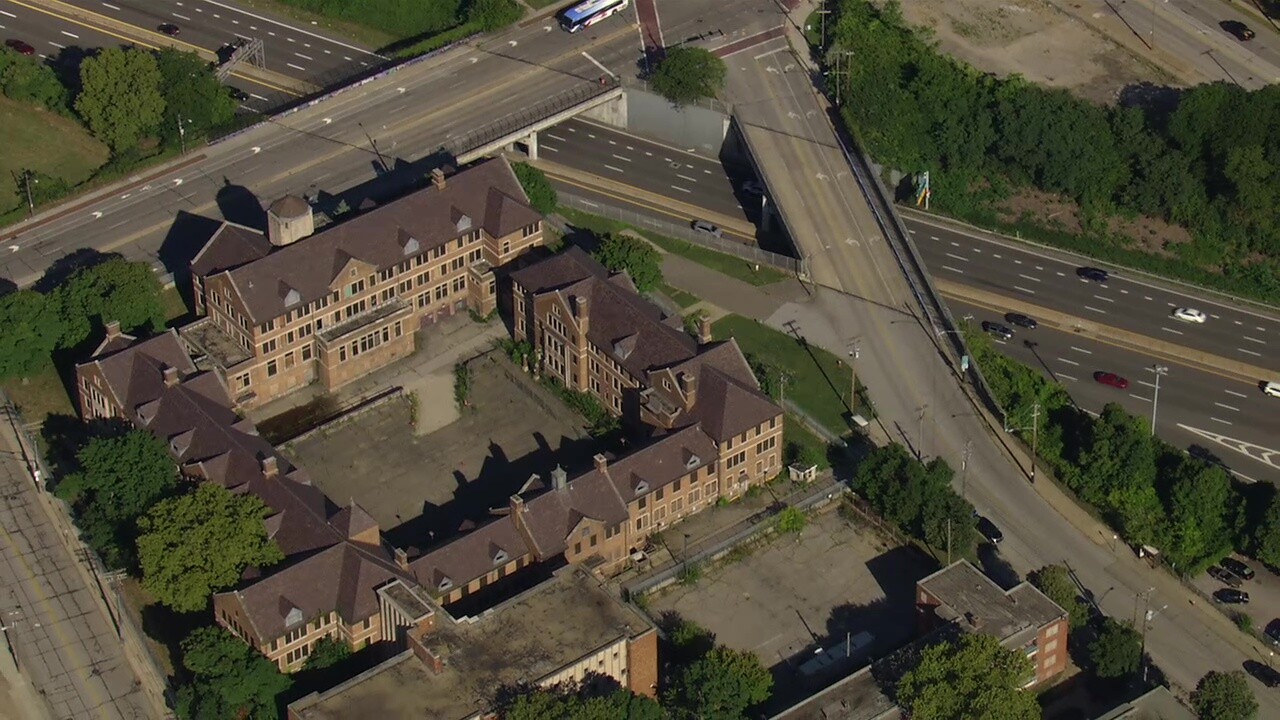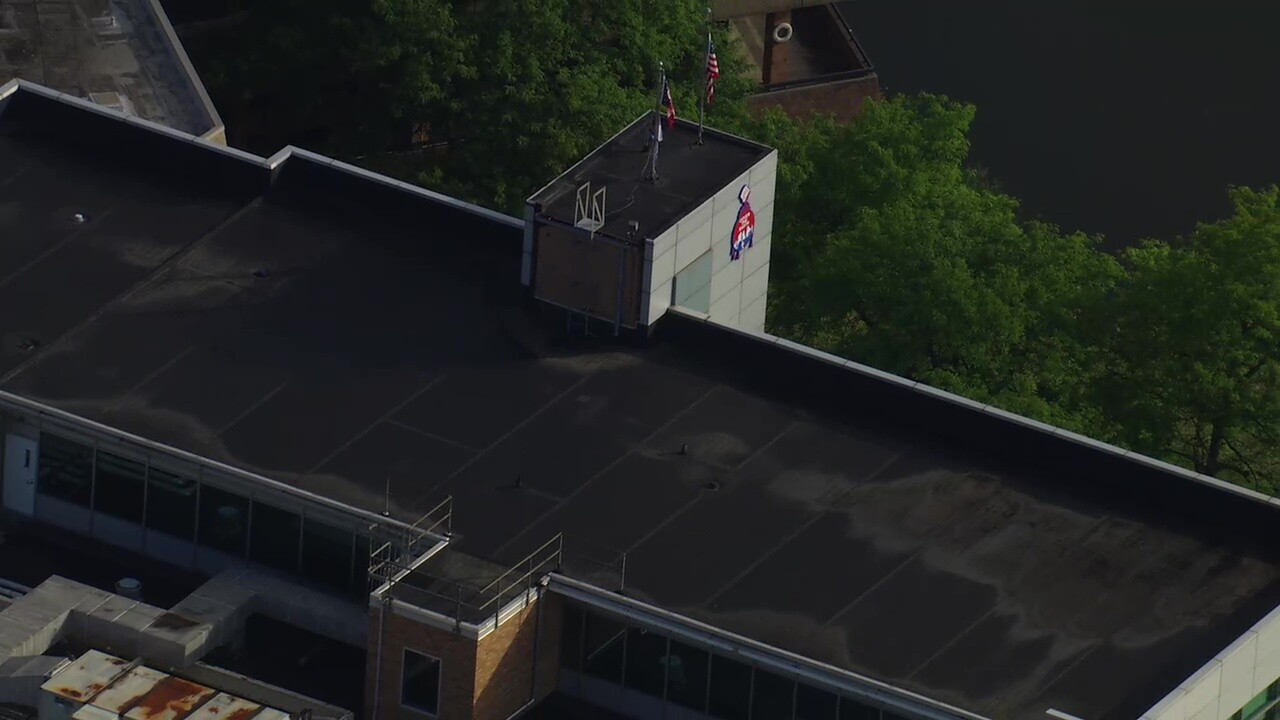CLEVELAND — Piles of trash carpet the floor at the old National Acme Co. factory on Cleveland’s East Side, where asbestos rains down from the saw-toothed roof.
The decaying complex has plagued the Glenville and Collinwood neighborhoods for decades. Now, it’s finally going to be demolished, with help from a $7.6 million state grant.
The Ohio Department of Development recently announced more than $58 million in grants to clean up blighted commercial and industrial properties across Northeast Ohio. In Cuyahoga County, the money will help raze an empty Sears, reimagine the riverfront behind Tower City and tear down the empty Juvenile Court complex that looms over the Innerbelt.
Other grants are flowing to Lorain and Geauga counties to prepare contaminated land for new uses.
National Acme is one of the worst offenders. Once home to a major machine-tool manufacturer, the building eventually became a dumping ground – and an environmental hazard, prompting federal regulators and the city to intervene.
“This is a 10-year odyssey for me,” City Councilman Mike Polensek said this week.

The Cuyahoga Land Bank expects to start the complicated clean-up job next month, hauling away tens of thousands of tons of rotting, contaminated garbage before tearing into the buildings.
The land bank is working in partnership with the Site Readiness for Good Jobs Fund, a new nonprofit tasked with turning blighted properties into opportunities.
“We’re going to be looking to attract a large user, industrial in nature, to come take this site,” said Richard Barga, the fund’s manager of site identification and development.
He hopes the 15-acre property will appeal to a new manufacturer, a company that might create more than 150 jobs in a neighborhood with a long legacy of making things.

“That’s a primo site once it’s cleaned up. It just looks awful, but with a little loving, it will be ready,” said Brad Whitehead, the fund’s managing director.
“That’s a whole area that ought to be an industrial center in Cleveland,” he said of the neighborhood, which is just off Interstate 90 and crisscrossed by railroad tracks.
The clean-up process could cost about $11 million. The city is putting in $3.5 million.
Public records show the city took control of the National Acme site last year after the former owner lost it to property-tax foreclosure. Nobody bid on it at sheriff’s auctions.

Cleveland transferred the real estate to the Cuyahoga Land Bank in March. The land bank is acting as the fiscal agent for the site fund, a startup that Mayor Justin Bibb and City Council seeded last year with $50 million in federal economic stimulus money.
National Acme is the largest single demolition the land bank has ever tackled. The job should wrap up in the spring.
“It’s staggering how large this building is and how much debris has been dumped here,” said Adam Stalder, the land bank's director of community stabilization. “And I can understand why the community around here is really concerned.”

Just a block away, off Coit Road, the Greater Cleveland Food Bank’s distribution hub gleams. The $40 million facility opened in late 2022, enabling the food bank to distribute about one million pounds of food each week to partner organizations.
Thousands of volunteers pass through the building’s doors. And many of them drive along Kirby Avenue and Coit Road, past the wreckage of National Acme.
“This is not the greeting we want any visitor to have, coming into this neighborhood. And, frankly, the families and seniors who live here deserve more,” said Kristin Warzocha, the food bank’s president and CEO.
She’s seen what’s possible at old industrial sites once they're clean and clear. The food bank’s distribution center sits on a former manufacturing property, where workers once made car frames and tank parts.
“This neighborhood used to be a hub of productivity, right?” she said. “It was the center of industry. … All of these abandoned warehouses paid good wages and supported families. And a lot of those jobs are no longer here. As we try to address food insecurity, higher-paying jobs is one of the answers. And that means bringing back businesses.”

Polensek had family members who worked at National Acme and other factories in the neighborhood. He recalls watching his uncle walk down the street with a lunch pail. Now, everyone on those streets is driving. And they’re headed somewhere else – fast.
“Nobody wants old factories like this,” he said. “They’ve got to come down.”

The state development department and Gov. Mike DeWine announced almost $107 million in brownfield clean-up and assessment grants Friday, in the fourth round of awards from a popular program created in 2021. The state requires most of the applications, from private developers, government entities and nonprofits, to go through county land banks.
The Cuyahoga Land Bank secured seven awards totaling $44 million. In addition to National Acme, the winning projects are:
Bedrock’s Cleveland riverfront development
The Detroit-based developer won $10 million to help turn parking lots along the Cuyahoga River into a development site. Bedrock is planning a $3.5 billion mixed-use project behind Tower City, where some of the soil is contaminated with arsenic and lead.
The state grant will pay to remove and replace that soil and demolish old parking booths on the sweeping site.
The first phase of Bedrock’s project is a new training-and-wellness facility for the Cleveland Cavaliers and the Cleveland Clinic.
Former Sears at Southland Shopping Center
A nearly $5.6 million state grant will pay for asbestos remediation, other hazardous materials clean-up and demolition in Middleburg Heights. The vacant department store and auto shop will be replaced by a mixed-use project with housing, retail and a park, according to the state.

Old Cuyahoga County Juvenile Justice Center
The county plans to tear down the old court complex in the city’s Central neighborhood, where the property could become green space over the Innerbelt freeway.
The 1931 vintage building has been vacant for more than a decade, and the county has already spent more than $4.2 million to clean up hazards and secure the property. With a $6.8 million state grant, officials can finish the job, clearing out the remaining asbestos and razing the building.
Matt Rymer, the facility design and maintenance administrator for the county’s public works department, said the process might start this fall and take 18 to 24 months.
Memphis and Pearl
A $2 million state grant will prime a corner of Cleveland’s Old Brooklyn neighborhood for redevelopment.
The money will help pay for asbestos and lead removal and selective demolition. The project spans seven properties and will include apartments, retail and a craft brewery.

Sherwin-Williams R&D campus redevelopment
A $10 million state grant will help a developer remake the Sherwin-Williams Co.’s technical center in Warrensville Heights. The global coatings giant is leaving the 105-acre site for a new research and development campus in Brecksville. Industrial Commercial Properties LLC, a local developer, bought the Warrensville Heights property last year and plans to transform it into a new business park with hundreds of jobs.
Shoreway Tower
A nearly $2.3 million state grant will help a developer prepare a site in Cleveland for a new 13-story building right next to the Shoreway Apartments off of West 76th Street. The project will involve soil clean-up and demolition of a vacant house and old parking structures.
In Lorain County, the state awarded almost $6.5 million for clean-up and demolition at the former St. Joseph Hospital site. A nearly $4.9 million grant will prepare the old Stove Works property at Long Avenue and West 13th Street for redevelopment. That property was once home to a company that made stoves and furnaces.
In Geauga County, a $2.9 million grant will go to a former industrial property at 7145 Pine St. The clean-up will include removing lead-tainted soil from an old firing range. The state said the site eventually could be used for warehouses or offices.




